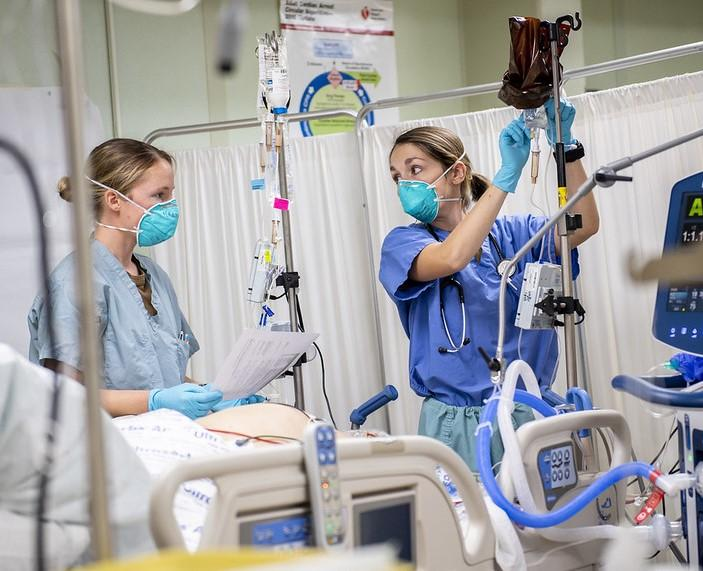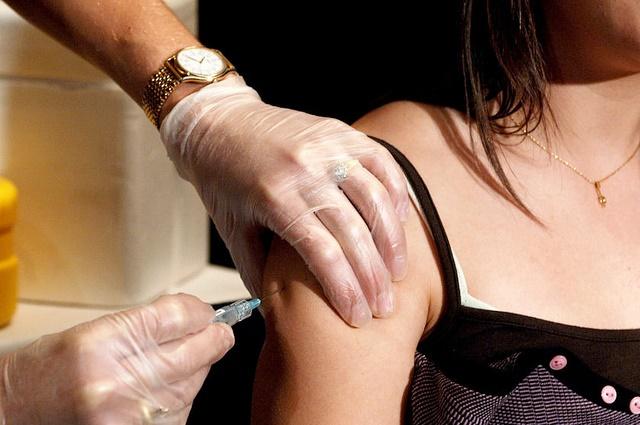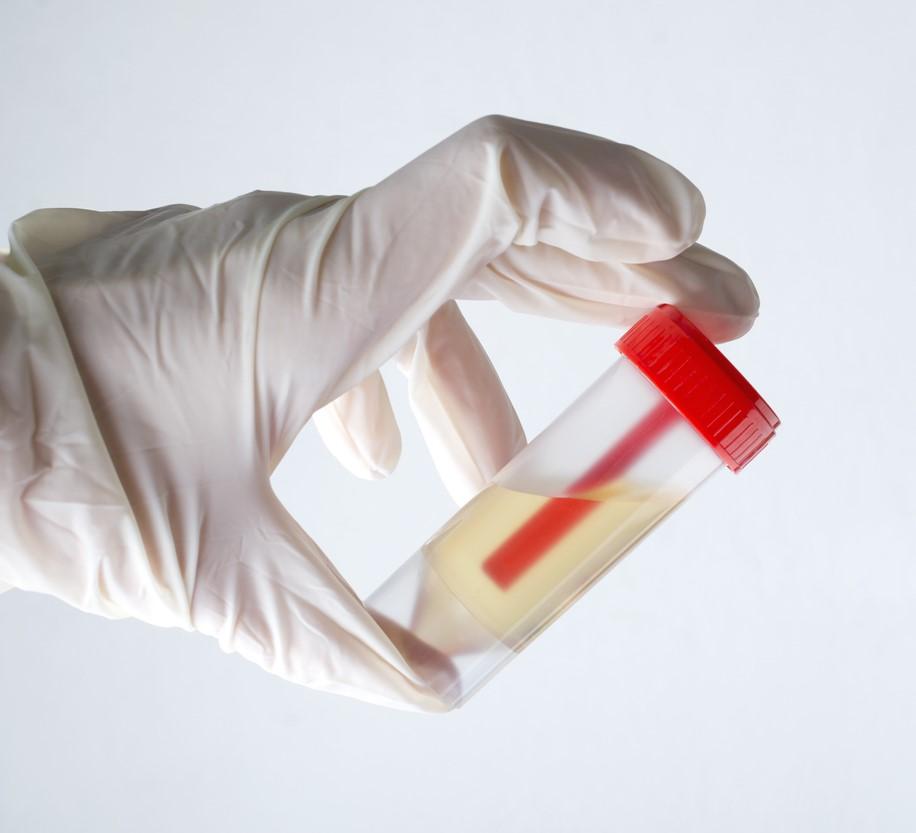
Healthcare providers (HCPs) and laypeople both say scarce resource allocation (SRA) policies should aim to save the most lives possible but diverge somewhat on how to achieve that goal, according to a survey launched early in the COVID-19 pandemic.
University of California Los Angeles (UCLA) researchers published the results yesterday in JAMA Network Open. The team surveyed 1,545 adults recruited through social media and community collaborations from May to September 2020 to gauge their values and preferences and how closely they agreed with University of California (UC) SRA policy. The average participant age was 49 years, 74% were women, and 30% were HCPs.
In March 2020, UC convened a critical-care bioethics working group to develop guidance on SRA policy and later sought feedback on the policy, with the goal of modifying it as needed.
HCPs favor reserving SRA for those likely to survive
Alignment with the UC SRA policy was roughly 70% per domain among both HCPs and laypeople. Both groups said an SRA policy's goal should be to save the most lives possible, with a significantly higher 0.29-point average agreement score among laypeople than HCPs (9.04 vs 8.76).












